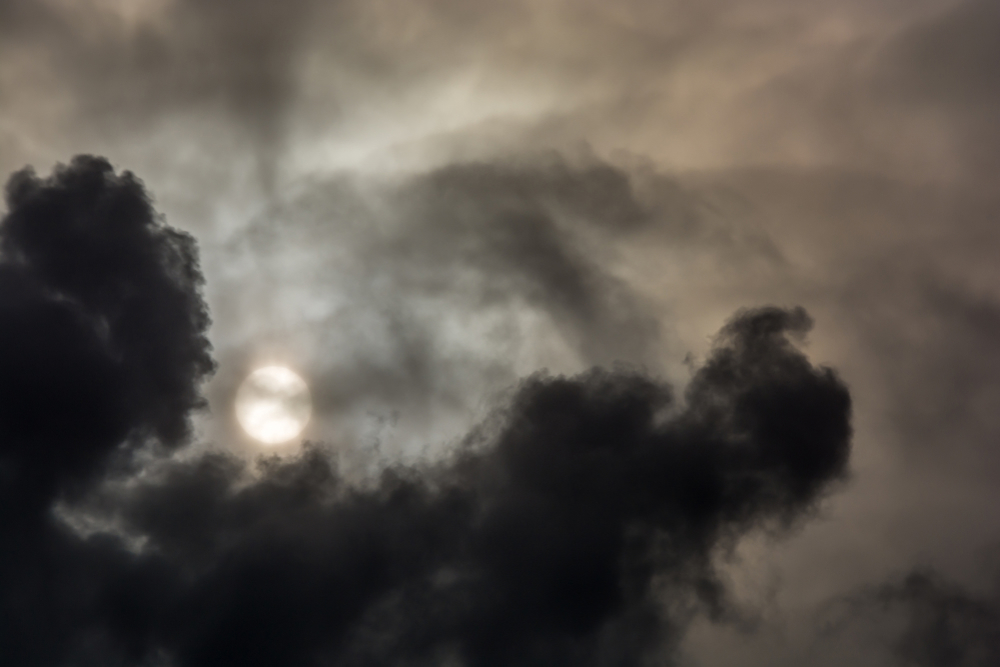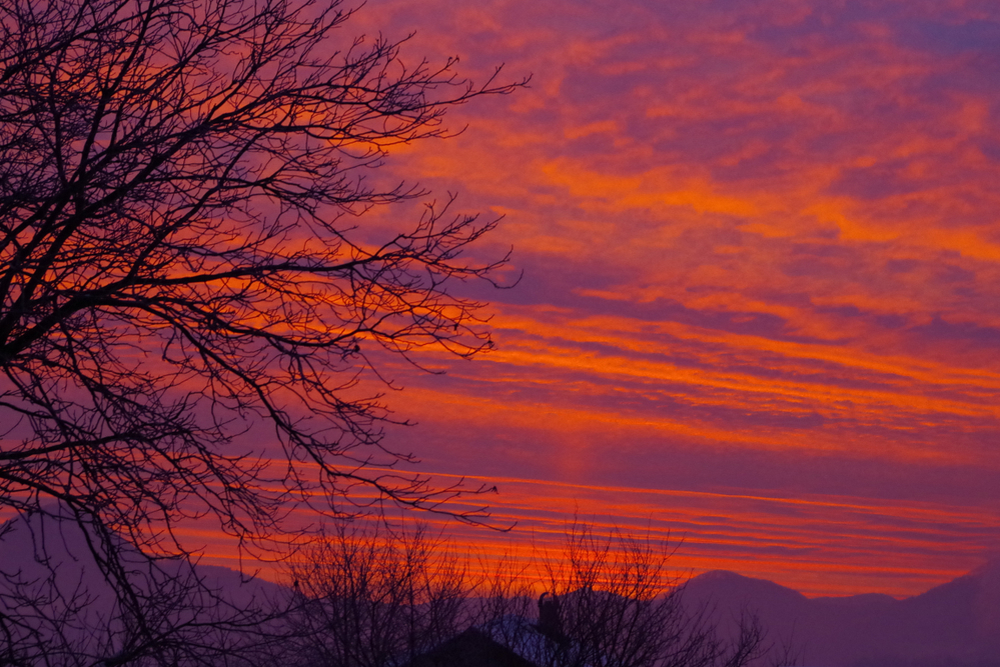Solar Geoengineering Firm Secretly Tests Blocking Sunlight with Sulfur Dioxide in Balloons

“Make Sunsets” sounds like a great name for a band or maybe an art studio. However, neither of those are the goal of a company called Make Sunsets. This tiny U.S. startup has been in the news recently for a multitude of reasons. For starters, it is one of a growing number of private companies releasing large balloons into the upper atmosphere – a practice that could get your balloon shot down in these tense times. Its corporate goal is solar geoengineering – it wants to develop a process to block out the sun’s rays in order to stop the progression of climate change. The company is already testing this process – bursting balloons containing sulfur dioxide particles – without permission … and the Mexican government forced it to temporarily shut down after the balloons were burst over the Baja area. Despite these controversies, Make Sunsets and its solar geoengineering plan is getting more support than you’d might expect. Those worried about the balloons being shot down point out that bursting the Make Sunset balloons would inadvertently cause solar geoengineering – and point out that something similar – or sinister – might have been released in the recent shoot-downs. Should we be worried, impressed … or something else?

“We make reflective, high-altitude, biodegradable clouds that cool the planet. Mimicking natural processes, our “shiny clouds” can prevent catastrophic global warming.
Specifically: we release a natural compound via reusable balloons to create reflective clouds in the stratosphere. They’re *really* effective: 1 gram of our clouds offsets the warming that 1 ton of CO₂ emissions creates for a year. After ~2 years, our clouds compost and settle back to Earth.”
That is the sales pitch on the Make Sunsets website. Sure, it sounds like a viable and easy possible solution for a problem that has caused strong fears and other emotions among the general public. Selling points: easy (someone else does all of the work) and has a feel-good factor of “composting.” Drawbacks: it’s geoengineering, it involved blocking the sun, it’s not proven, and it ignores the many causes of climate change that should be addressed first … or at least concurrently. However, Make Sunsets might have stayed under the radar (a good place for balloons to stay these days) had it not strayed right into the radar over Mexico’s Baja California peninsula last year.
“During an experiment in BCS in April, Iseman lit sulfur on fire and put it into a helium weather balloon he bought on Amazon, releasing it into the sky where he hoped it would burst. According to the Make Sunsets website, the results of the experiment are unknown, as the balloons were not monitored or recovered.”
If that report from Mexico News Daily doesn’t sound very scientific, you’re right. “Iseman” is Luke Iseman, Make Sunsets’ CEO and one of its total (at the time) of two employees. Iseman was described as a venture capitalist and entrepreneur, not a scientist, and the description of the company’s initial balloon test seems to prove it. While some dismissed this experiment as a stunt, it generated a lot of worldwide attention … and some of it was positive. Of course, that wasn’t the response from Mexico’s government. Recently, the Environmental Ministry (Semarnat) and the National Council of Science and Technology (Conacyt) issued a joint statement announcing an explicit ban on these types of experiments.
“The opposition to these climate manipulations is based on the fact that there are currently no international agreements that address or supervise solar geoengineering activities, which represent an economically advantageous and risky way out for a minority while supposedly remedying climate change.”
Semarnat is developing a strategy that “prohibits these practices in national territory” – with the recent shooting down of balloons in the U.S., one wonders what the strategy might be. Make Sunsets accepted the ban, but it should be noted that of the three kinds of solar geoengineering currently being tested – marine cloud brightening which involves spraying low clouds over the ocean with sea salt; cirrus cloud thinning which seeds high altitude clouds with aerosol particles to thin them so they trap less heat; and stratospheric aerosol injection, which involves spraying aerosols like sulfur dioxide particles into the stratosphere to reflect sunlight back into space – the most researched is the sulfur dioxide process, which actually is based on what has happened after massive volcanic eruptions … sulfur dioxide shot high into the atmosphere cools the planet. In theory, Make Sunsets is creating controlled volcanic eruptions. Chris Field, director of the Stanford Woods Institute for the Environment, told CNN it should be considered.
“(If it) could provide a path for decreasing the impacts of climate change on millions of the world’s most vulnerable people (and on ecosystems), we have a responsibility to explore the opportunities, as well as the risks.”
Those risks are enormous. Think about the instances throughout history when massive volcanic eruptions resulted in ice ages. Solar geoengineering could do the same, or it could make sporadic changes around the world – altering rainfall patterns in some area, causing monsoons in others. The benefits are not guaranteed to be fair and beneficial to all. Like so many other attempts to alter the world, many fear it will be the poor people and countries who will suffer the most. That may have been demonstrated with the Make Sunsets experiment which took place over Mexico, not the U.S.
“We look forward to the work of the National Council of Science and Technology (Conacyt) to ensure the rigorous review of scientific research in this field. As such, Make Sunsets will share all information about its activities in Mexico to date (if any) with Conacyt and other responsible agencies, and will follow the strategy for scientific research being developed by the Ministry of Environment and Natural Resources (Semarnat).”
As a mea culpa, Iseman promises Make Sunsets will share its research data with the Mexican organizations. It may also want to stay in its home country despite the current danger to balloons – the U.S. government has allocated funds to the National Oceanic and Atmospheric Administration for stratospheric research into solar geoengineering, the current administration launched a five-year research plan to explore the topic, and the National Academy of Sciences is promoting research on the feasibility of solar geoengineering and its potential impacts on society, the environment and public perceptions. Sadly, it is public perceptions rather than science that seems to carry the most weight these days.

Kelly Wanser, the executive director of SilverLining, an organization promoting research and governance of climate interventions, told CNBC:
“Increasing the reflection of sunlight from the atmosphere is one of the only means that scientists have identified to significantly reduce global warming within the next few decades. Understanding its risks and benefits through research is critical for the world’s most climate-vulnerable people.”
The world’s most vulnerable people. When it comes to climate change and geoengineering, shouldn’t that be all of us?




